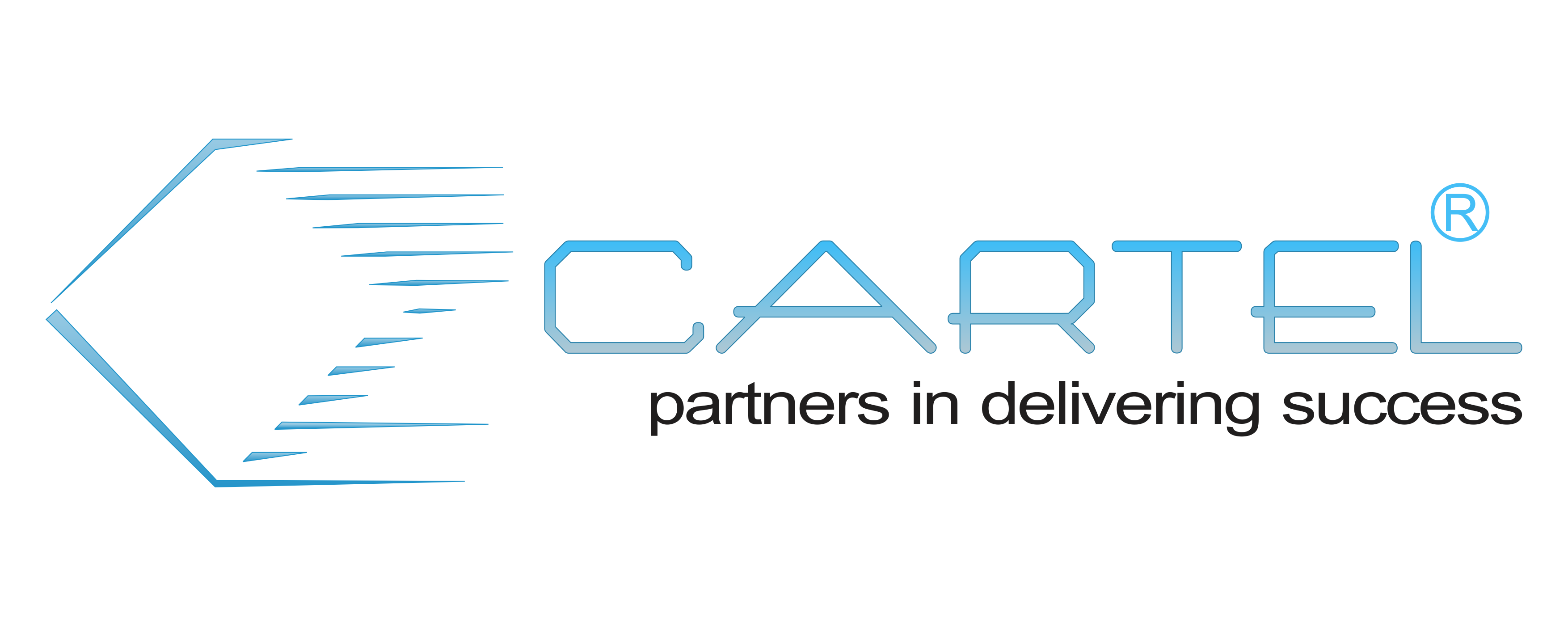Ubuntu 12.04 Server Administration
Course Details
Introduction to Ubuntu Linux
– Ubuntu Server
– Ubuntu Server 12.04 Server Installation Alternatives and Options
– Server on the Desktop Installation
– Desktop on the server Installation
– minimal GNOME Desktop
– server install options
– Ubuntu help and Documentation
Installing the Ubuntu Linux
– Upgrading
– Ubuntu Server CD
– Getting the Install Server CD
– Installing Ubuntu from Server CD
– Installation Overview
– Stating the Installations Program
– Starting the Installation Program
– Language and Keyboard
– Network Configuration and Cobbler
– Recovery, Rescue and Boot loader re-install
Usage Basics: login Interfaces, and Help
– Ubuntu server start-up
– Grub selection and editing
– the command line interface
– Accessing Ubuntu from the Command line Interface on a server
– Using the Ubuntu Desktop Interface
– Light DM,guest Login,Lock Screen
Managing Software
– Ubuntu Packages Management Software
– Command Line interface tools
– Desktop Tools
– Ubuntu Software Repositories
– repositories Components Software Management with Tasksel, DEB, APT and DKPG
– DEB Software Packages
– Installing and Removing Software with tasksel
– Managing software with aptitude
– manage software with APT
Managing Services
– Upstart
– Upstart and Run levels
– Services: /etc/init.d/
– The inetd and Xinetd Services
– NTP
– AppArmor Security
Shells
– the Command Line
– Command Line Editing
– History
– Matching Multiple Characters
– Generating Patterns
– Pipes
Working with file and Directories
– Linux files
– the file structure
– Home Directories
– Path Names
– System Directories
– Archiving Compress File
– File Compression
Shell Variables and Scripts
– Shell Variables
– Definition and Evaluation of Variables
– shell Scripts
– executing a shell scripts
– shell environments
Shell Configuration
– shell Initialization and Configurations Files
– Configuration Directories and Files
– Alias
– Shell Parameters Variables
– Using Initialization Files
– Configure shell Profile
TCP/IP Networks
– TCP/IP protocol Suite
– Zero Configuration Networking: Avahi and link local addressing
– IPv4 and IPv6
– TCP/IP Network Address
– Class Based IP addressing
– Net mask
– CIDR
– Broadcast, Gateway, and Name server Address
– IPV6 Addressing
– Unicast, Multicast, Any cast address
– IPV6 and IPv4 Coexistence Methods
– Network Information : ping, finger,trace route, and host
Print services
– CUPS
– Printer Devices and Configuration
– system-config-printer
– Printer classes
– adding New Printer Manually
– CUPS Web Browser-based Configuration tools
– Remote Printer on CUPS
– CUPS Printer Classes and Groups
FTP
– FTP Servers
– available Servers
– FTP Users
– Anonymous FTP
– Enabling Standalone Access
– vsftpd Access Controls
– rsync Mirroring
Mail Servers
– MTA
– Postfix
– POP and IMAP Server: Dovecot
– Spam: Spam Assassin
– Mail Filtering: Amavisd-new
– Mailing Lists: Mailman
Web servers
– Apache web server
– LAMP
– Virtual Hosting
– Site level Configuration Directives
– Directory Blocks
News and databases services
– News Servers
– Databases Servers: MySQL and PostgreSQL
– MYSQL tools
– MYSQL Management with mysql and mysqladmin
Network File system , Network Information System (NFS, NIS and GFS)
– NFS
– NFSv4
– NFS Clients
– NIS
– /etc/nsswitch.conf file
– Red Hat Global Filesystem
– Implementing GFS 2 File System
Samba
– samba Applications
– Starting up and accessing Samba
– Firewall Access
– SWAT
– users level Security
– share Definitions
– testing samba Configurations
– Accessing Samba Services with Clients
– mount.cifs
Squid
– Configuring Clients Browsers
– Proxy Security
– Proxy Caches
– Logs
DNS
– DNS address Translations
– FQDN
– IPv4 Address
– IPv6 Address
– DNS servers
– DNS Operation
– Local Area Network Addressing
– BIND
– DNS Zones
– Named Configuration file
– Resource Records for Zone Files
– Zone Files
– Sub domains and Slaves
– IP Virtual Domains
– DNS Security: TSIG, Zone keys, Split DNS
DHCP and DHCPv6
– IPv6 Stateless Auto Configuration
– DHCP
– DHCP Fixed Address
Firewalls
– IP tables
– TCP wrappers
– Graphical firewall
Introduction to Cloud Computing
– Cloud Documentation
– Public Cloud
– Cloud init
– Open Stack
